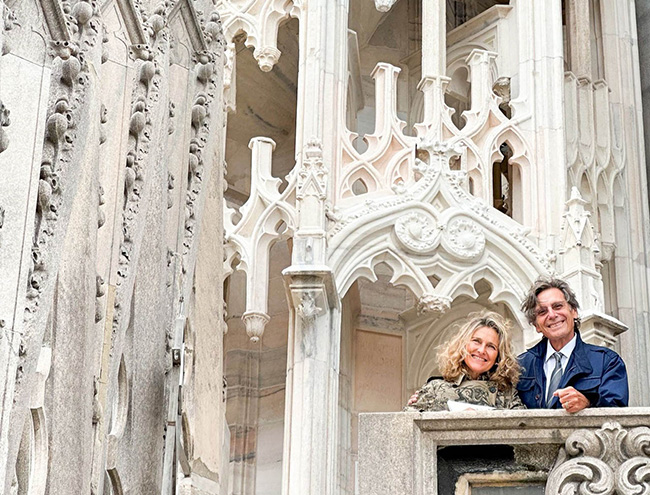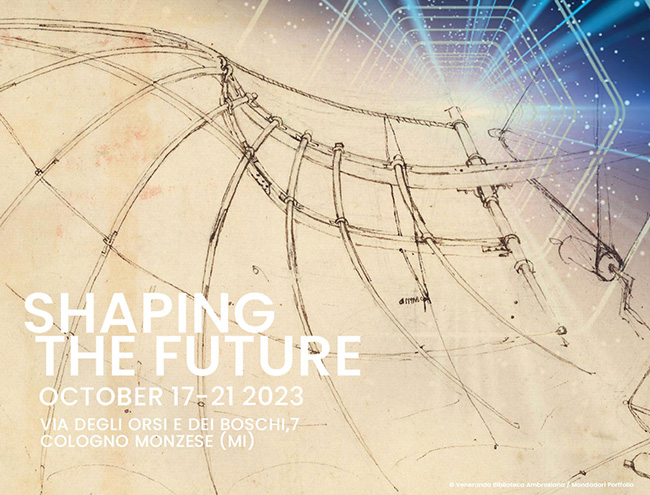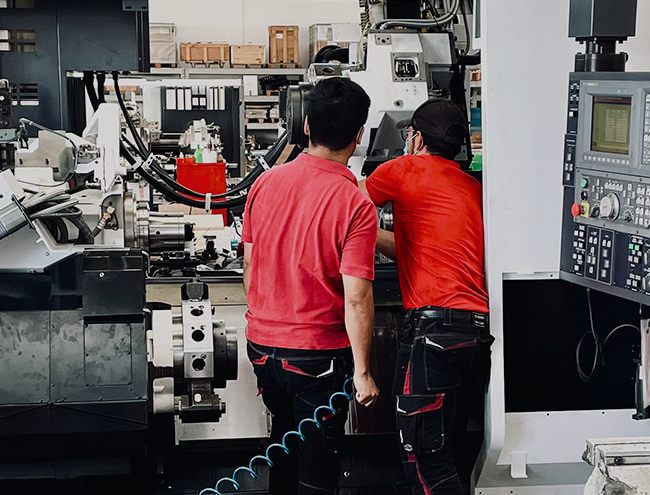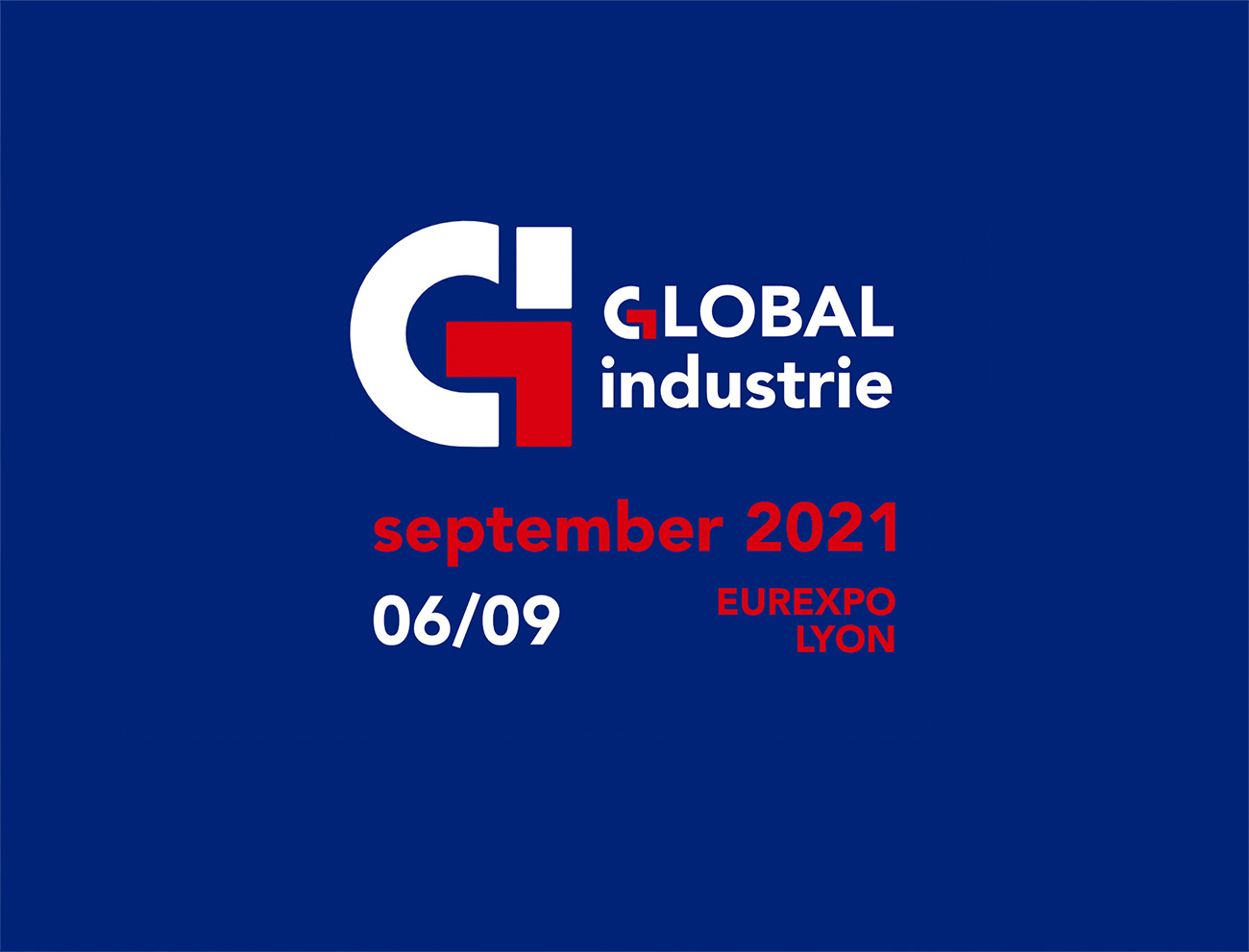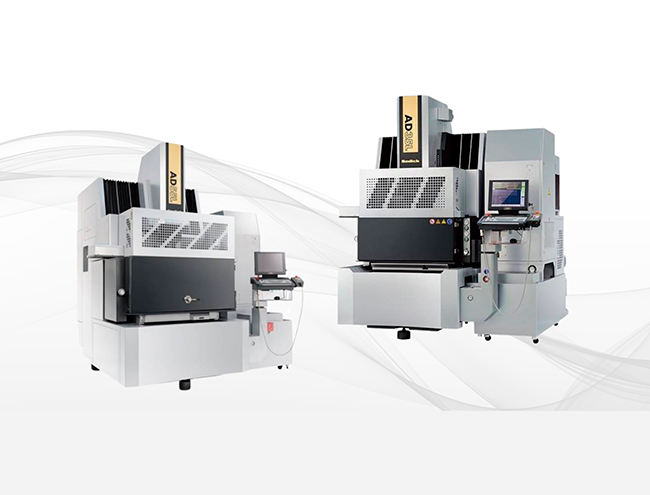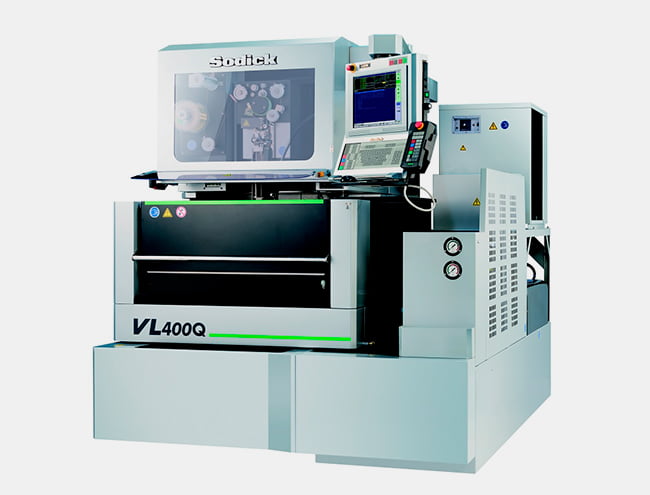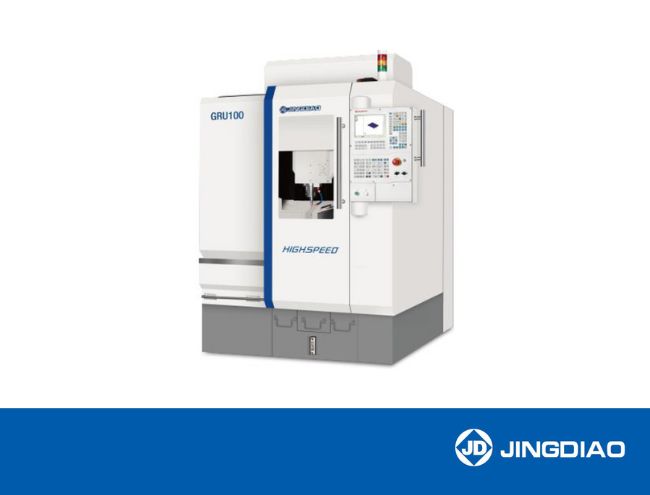
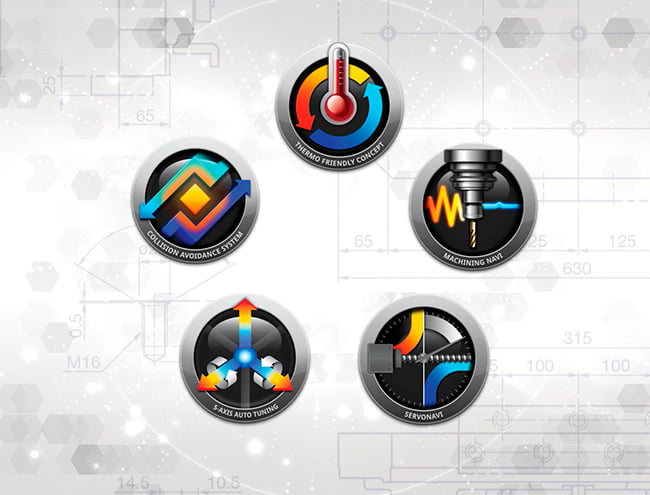
10 March 2020
OKUMA - Intelligent Technology
Machining Navi
Vibration is quite common in the CNC machine tool sector, and Okuma’s Machining Navi has been developed to process the best cutting parameters so that the machine can cancel out this vibration, saving the operator time and maximising productivity. Okuma has developed the Machining Navi , an optional feature of the OSP control that uses sensors or a microphone to monitor vibration. If vibration is detected, the function suggests changes in spindle speed (Machining Navi L-g and Machining Navi M-g) or automatically changes spindle speed and feed rate (Machining Navi M-i NO retrofit). It also allows the use of standard tools and avoids in some cases additional costs and time loss for the customer in buying special tools.
Thermo-Friendly Concept
We don’t combat thermal deformation, we work with it, that’s the Okuma concept. The Thermo-Friendly Concept helps to improve accuracy, save time and reduce the rate of reject product by controlling what appears to be uncontrollable.
The Thermo-Friendly Concept is based on the symmetrical design of the machine structure to handle the problem of thermal expansion and address this element that cannot be eliminated. The combination of Okuma hardware and software ensures extremely accurate thermal compensation by managing expansion at any time of day from 0.1 micron. It also guarantees an unparalleled dimensional stability for all operations in non-air-conditioned working environments but with temperature variations of 8° over 24 hours and avoids loss of time and therefore money in the daily set-up of the machine.
Okuma’s Thermo-Friendly is standard on all models.
Collision Avoidance System
Since machines are becoming more complex, involving additional rotary axes, automation and continuous machine set-up changes, there is greater potential for human error.
Our CAS collision avoidance system (standard on the entire MULTUS series) integrates 3D modelling of our machines to the finest detail and gives the customer the option of inserting tool and fixture drawings into the OSP control easily to create a virtual machine. The OSP numerical control calculates virtually the entire process and stops the machine in the event of imminent collisions, avoiding the risk of downtime and service costs.
CAS generates the actual and exact shape of the workpiece during the cycle, continuously updating the new blank to keep the process under control and analyse that no interference or collisions occur.
It optimises machine set-up time and allows operators to concentrate on machining.
It protects the machine from operator error even in manual, jog, rapid and MDI modes.
5-axis-auto-tuning
When machining with a 5-axis CNC machine tool, it is common that geometric errors affect the quality and accuracy of the workpiece. After installation and use of the machine tool over time, it may be necessary to check the kinematics, the most common causes are the machine being out of level with the floor or, for example, small collisions due to operating errors causing these geometric errors. In order to ensure that 5-axis machining is maintained at a high level, it is therefore necessary to carry out careful adjustment to compensate for any geometric errors.
With the 5-axis auto turning function, the machine performs geometric recalibration quickly and accurately, compensating for up to eleven geometric errors.
The recalibration can be carried out by an operator without a high skill level using the machine in just a few minutes and not by an experienced technician in several hours.
There are 11 possible types of geometric errors on 5-axis machines, displacement of the rotary axis centre of rotation position, tilting of the rotary axis relative to the orthogonal axis, thermal deformation, and changes over time in the installation environment.
Servonavi
Okuma SERVONAVI is a high-precision technology that improves cycle times and accuracy when machining workpieces. This technology is STANDARD on all Okuma double column, vertical and horizontal machining centres (except Genos-M). On previous machining centres, it was not possible to change the actual acceleration with different loads on the table (workpiece, fixture), now this is possible. The SERVONAVI’s automatic weight setting function automatically calculates the loads to adjust the best acceleration and deceleration speed for faster cycle times and to make the best use of electronics and mechanics.
In addition, axis inversion can be automatically adjusted to achieve the most accurate interpolation over time.
The vibrations caused by linear movement of the axes can be adjusted automatically when the machine conditions change over time.
The SERVONAVI software is also present on the lathes to automatically manage the inertia on the spindle ensuring super finishing on turned surfaces.

